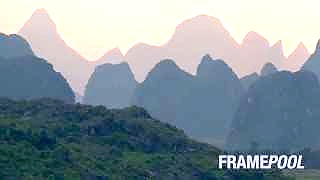JiangSu province.
Harmony of human and nature; diverse landscapes in a small space; a new vista at every turn.
With Walk East ...
[640],shadow=true,start=,stop=
Live more ...
 The Chinese classical gardens of SuZhou
The Chinese classical gardens of SuZhouJiangSu province.
Harmony of human and nature; diverse landscapes in a small space; a new vista at every turn.
With Walk East ...
[640],shadow=true,start=,stop=

|
With Walk East ...
|

|
Look out over Hong Kong as Typhoon NangKa passes by and the city lights up into the evening ...
|

|
Opens in (early to mid) January and February (roughly, depending on the weather).
LóngQìngXiá lies not so far from Beijing city.
|

|

|
The real XinJiang - don't miss it.
With CGTN ...
|

|
With Wei's Travel ...
|

|